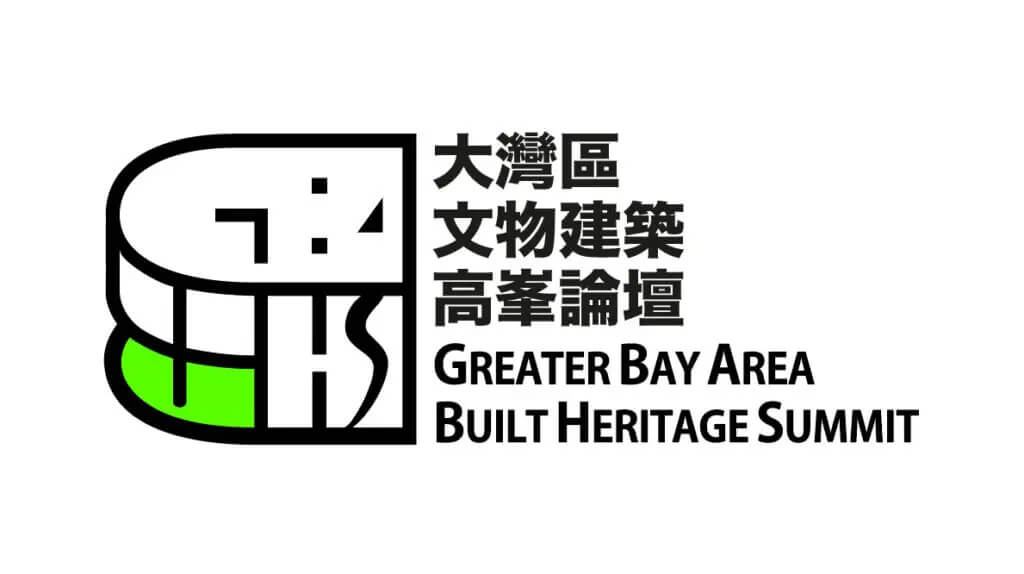獻辭
Congratulatory Message
Today, we are participating together in the Greater Bay Area Built Heritage Summit in Hong Kong, the Pearl of the Orient. On behalf of the Department of Culture and Tourism of Guangdong Province, I would like to express my warm congratulations on the holding of the summit. In addition, I would like to express my heartfelt thanks to the National Cultural Heritage Administration, the Development Bureau of the Hong Kong Special Administrative Region, the Cultural Affairs Department of the Macao Special Administrative Region, and friends from all walks of life. Thanks for your long-term support for the cultural and tourism development of Guangdong province.
Under the personal planning, deployment and promotion of President Xi Jinping, the Guangdong-Hong Kong-Macao Greater Bay Area (GBA) has developed rapidly. Since the implementation of the Outline Development Plan for the Guangdong-Hong Kong-Macao Greater Bay Area more than three years ago, the GBA has entered a new stage of development in exchange and cooperation regarding culture and tourism, with many fruitful results. The Twentieth Greater Pearl River Delta Cultural Cooperation Meeting was successfully held. Museums in Guangdong, Hong Kong and Macao have conducted in-depth exchanges and cooperation via mega exhibitions such as “East Meets West”, “Maritime Porcelain Road”, “Historical Imprints of Lingnan”, and “A Tale of Three Cities”. Guangdong has launched 44 Guangdong-Hong Kong-Macao GBA Cultural Heritage Trails, and organised a series of training programmes and exchange activities, such as “Guangdong-Hong Kong-Macao Cultural Tours for the Youth” and “One-journey, Multi-stop Tour”. Thanks to the joint efforts of Guangdong, Hong Kong and Macao, people from the GBA have become much closer and better connected. With the diversified cultural activities and leisure facilities, the GBA is expected to enjoy a bright future and prospects!
According to President Xi Jinping, “Cultural relics reflect the brilliance of China’s civilisation, culture and legacy, and they bond Chinese people together with the strong ethos they embody. They are a valuable legacy from our ancestors and profound soil for socialist cultural-ethical progress.” Recently, the National Conference on Cultural Relics put forward a policy for the new era: “Under the premise of heritage protection, work is required to strengthen management, deepen research on heritage value, and make effective use of heritage to make our cultural past alive”. As the cultural centre of Lingnan, the birthplace of the Maritime Silk Road, the place of origin of modern democratic revolution, and the frontier for the implementation of reform and the opening-up policy, Guangdong is rich in heritage resources. It has approved and announced more than 25,000 immovable cultural relics, including one World Heritage Site, 131 major historical and cultural sites protected at the national level, and 887 provincial cultural heritage sites. Heritage buildings, which account for about 83% of the total number of immovable cultural relics in Guangdong province, are the main carriers of heritage, and it is relatively easy to realise their revitalisation and adaptive reuse. In view of this, Guangdong is proactively exploring new modes of utilisation of heritage and vigorously promoting the use of a classification system for heritage protection, management and utilization. Historic buildings are used to set up parks, museums, tourist attractions, cultural and creative parks, inns, homestays, and so forth. And a series of creative and innovative schemes have been launched, such as the multiple examples of AAAA-level national tourist attractions converted from “embroidery-like” micro-renovations, Yongqing Lane in Guangzhou which showcase intangible cultural heritage, the renovation of the state-listed historic cultural city of Chaozhou, using the mechanism of “collaborative governance” (bai jia xiu bai cuo(ci)), the Port-Opening Area of Shantou Small Park, highlighting the culture of overseas Chinese, and the Cangdong Heritage Education Centre in Kaiping, Jiangmen, one of the top ten excellent recommended cases in UNESCO’s global world heritage education innovation. Guangdong will continue to join hands with Hong Kong and Macao to deepen our cooperation in sharing information, research on the value of heritage sites, publicity and promotion of heritage buildings, and telling the world the fascinating story of China and the Guangdong–Hong Kong–Macao GBA.
This year is both the twenty-fifth anniversary of Hong Kong’s return to the motherland and the year marking the success of thetwentieth National Congress of the Chinese Communist Party. Bringing together a lot of talent and experts, this Summit published Collected Essays of the Greater Bay Area Built Heritage Summit. With the vigorous development of the Pearl River Delta and the GBA, we sincerely hope that Guangdong, Hong Kong and Macao will continue to share resources with complementary advantages, and negotiate and collaborate on the basis of equality to jointly develop a broader and more diversified mode of adaptive reuse of heritage buildings for mutual learning and benefits. As the Guangdong-Hong Kong-Macao GBA is one of the regions with the highest degree of openness, the strongest economic vitality, and profound cultural heritage, we sincerely believe that the development and promotion of its cultural heritage will not only become more relevant to the present, but also promote the inheritance and development of China’s excellent traditional culture!
In closing, I wish the Summit a complete success and a better future for the Guangdong-Hong Kong-Macao GBA! I wish you a good health all the best!
LI Bin
Director General of Department of Culture and Tourism of Guangdong Province
